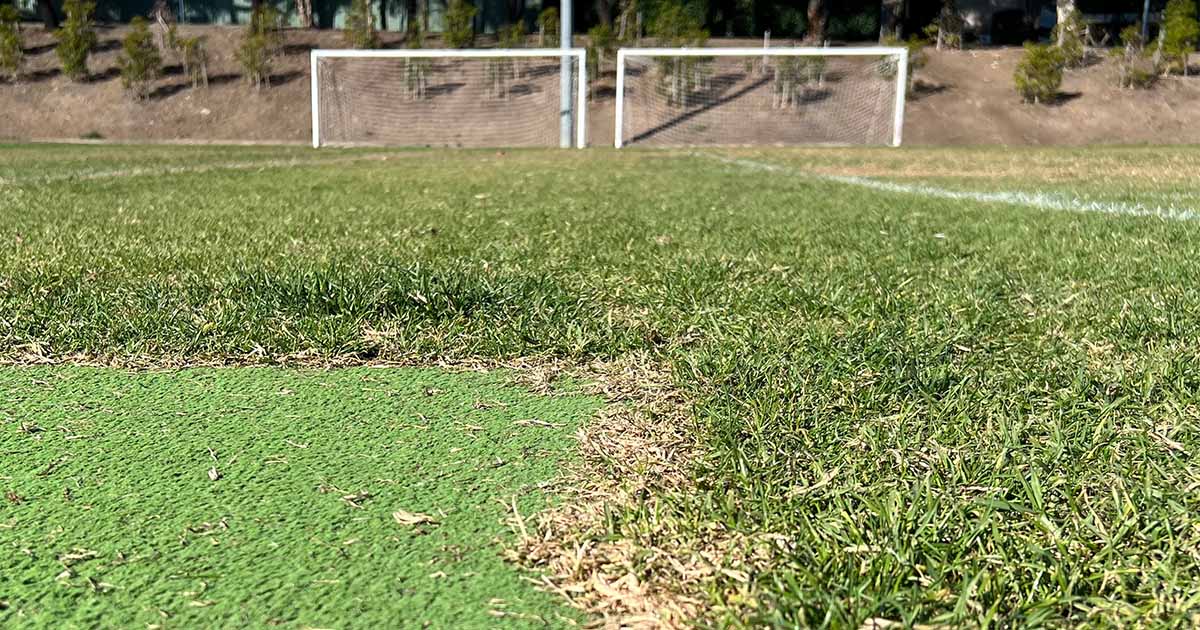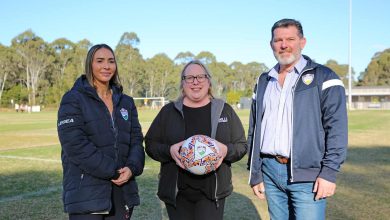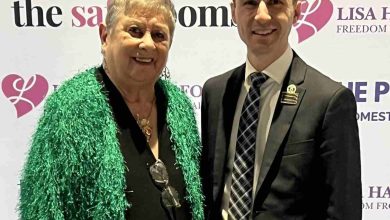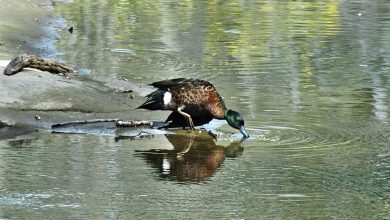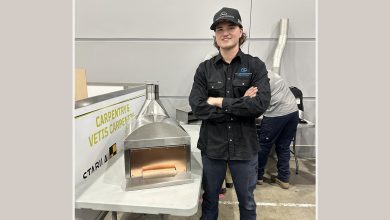Time to Blow the Whistle on Synthetic “Turf”?
The number of plastic sports fields in NSW has rapidly exploded over the past 5 years, driven by the demand for playing space and the common belief that fake grass trumps natural turf when it comes to maximising time on the pitch. A new report from the NSW Chief Scientist challenges this assumption and with more research emerging around the harmful impacts of synthetic turf it might pay to pull up stumps while we weigh-up the costs.
Experts have shown that natural turf fields can meet demand and offer dramatic improvements in performance if best practice guidelines are used in their construction and ongoing management. A key issue is that many are not allocated the budget to allow this high-level performance, particularly after heavy winter use or wet weather. The report however, suggests that by applying new best-practice guidelines, the remedy can still be more cost effective than resorting to synthetic.
This is good news for people who have suffered heat related illness, severe abrasions, and hospitalisation for staph infections after playing on artificial grass.
Disturbingly, the report confirms damaging impacts on ecology and wildlife. Significant volumes of synthetic turf fibres, and rubber crumb infill have been found in waterways throughout NSW, highlighting the difficulty in stopping the spread of plastic pollution. We are fortunate in the Hills, to live amongst a network of green corridors and flowing creeks, many still home to platypus, and a diversity of aquatic & birdlife. Replacing natural vegetation with synthetic turf accelerates habitat loss and disrupts the ecological balance far further than the boundary line. Understandably, some in our community are greatly concerned that synthetic fields could one day be approved for use in Fred Caterson Reserve, a much-loved haven of bushland biodiversity.
There’s a lot we don’t know about synthetic materials, including their ability to withstand the Australian climate. Future extremes of flooding, heat & fire will affect both natural and synthetic sports fields but increased concern around water run-off & pollution, hot surface temperatures & bushfire risk exists for the latter. Additionally, most synthetic carpets have a lifespan of 7 – 10 yrs, after which they add to our waste management problems by ending up in landfill.
The Hills Shire Council is responsible for only a small number of synthetic fields, but with more underway, I thank Councillors for supporting my motion at last week’s council meeting to discuss the Chief Scientist’s report at a workshop. Community wellbeing and the health of our local environment is of the utmost importance so it’s great to see the Hills engaging at the forefront of new information.
Clr Dr Mila Kasby
Greens Councillor for The Hills – North Ward
[email protected]

